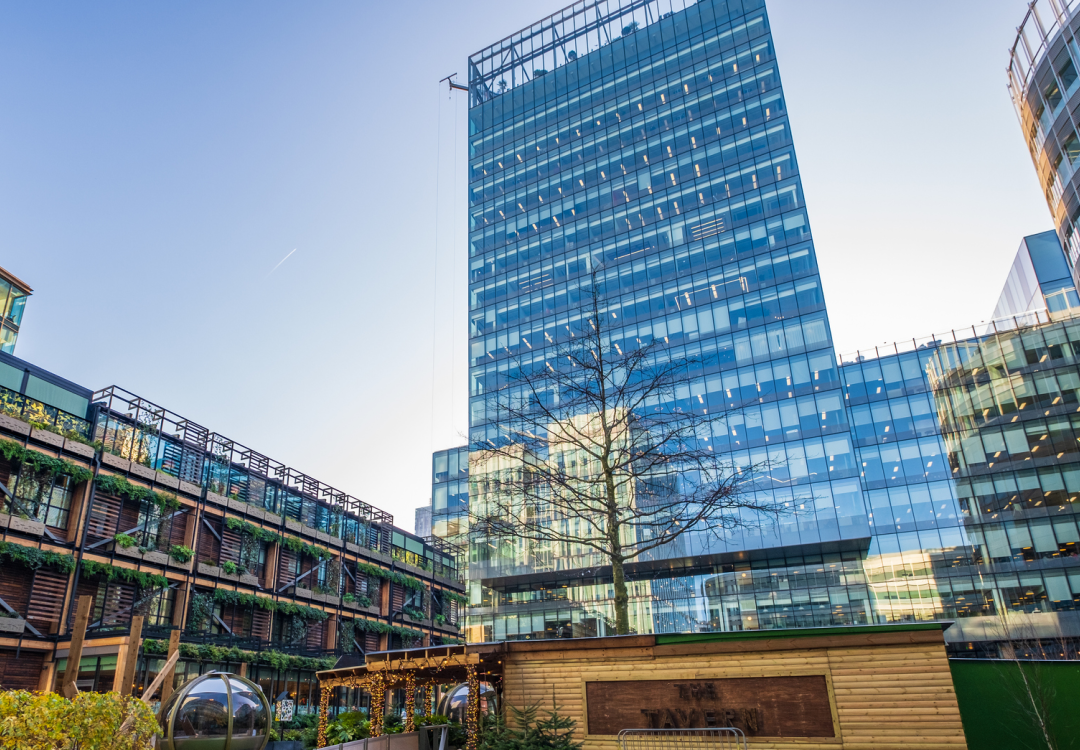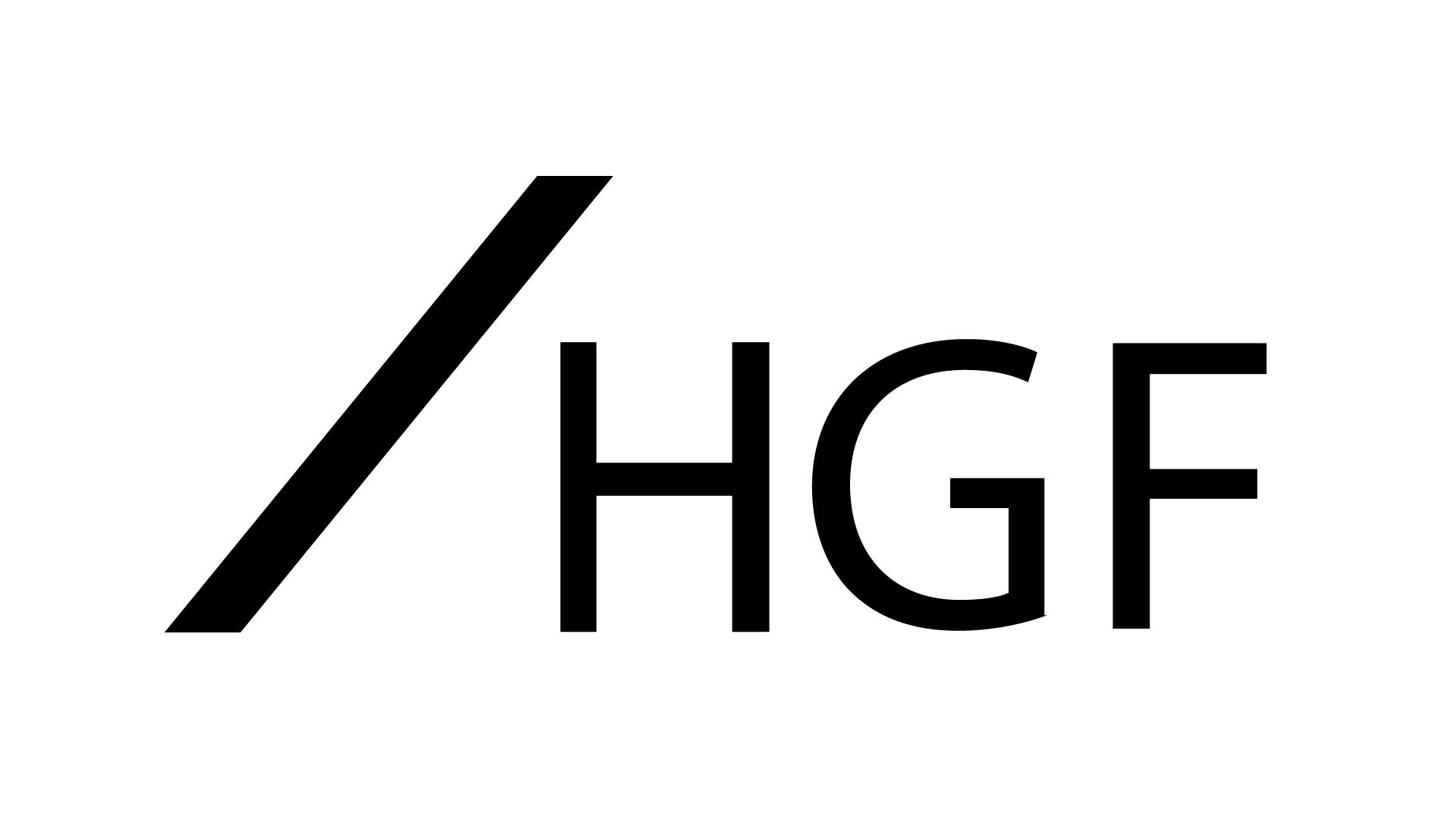Retail Scanner
Designed to be cheaper?
März 2017
Should IPEC be the default court for design cases? The recent case of Action Storage Systems Ltd v G Force Europe.com Limited has provided clarity as to how unregistered design cases will be dealt with before the Intellectual Property Enterprise Court (IPEC). It has also emphasised one of the disadvantages of the court.
The IPEC has undoubtedly breathed life into unregistered design right claims. In our experience claimants seem more prepared to issue proceedings for unregistered design right infringement before this court, attracted by the truncated procedure and perceived control over costs. The court has proven particularly attractive to the retail and fashion sectors as it has encouraged cases of lower value to be heard before the courts. The question is whether the IPEC is always the best court for design right cases in these sectors.
The Action Storage Systems case highlights one of the disadvantages of using the IPEC; front loading of litigation. It has always been the case before the IPEC that cases must be more fully particularised at the outset with limited scope for amendment during the course of litigation. In this case the court went further in recommending the level of detail that claimants should provide at the very beginning of the claim. The IPEC is now likely to expect to see a list of significant feature of the design in question and the extent to which they are found in the alleged infringing product. This will require greater consideration by claimants of their case before proceedings are issued. Getting it wrong at the outset could be difficult to rectify and could prove fatal to the claim. For defendants and for the smooth running of proceedings this expectation of fuller particularisation of claims at the outset will no doubt be beneficial.
It does however put into focus whether the IPEC is always the best court to bring design cases. The cost cap means that although an adverse cost award can be more readily budgeted for, a properly represented party is likely to have significant irrecoverable costs upon success. Costs caps can also encourage those with weak cases to defend themselves more readily than if they had greater exposure to the other party’s costs. The front loaded nature of IPEC proceedings and reduced ability to amend cases as they progress through the Courts can also be problematic.
It is worth remembering that standard High Court proceedings have also been modified in recent years and are subject to cost saving measures. Parties are required to exchange cost budgets to provide greater viability and scrutiny of recoverable costs. Disclosure and evidence is also now more tightly controlled in standard High Court proceedings. A “half way house” procedure has also been introduced called the shorter-trial scheme which aims to provide a streamlined procedure for cases that can be heard with a 4 day trial.
The IPEC will no doubt continue to be useful to the retail and fashion sectors but it must not be seen as the default court for design right cases. Other parts of the High Court may be a better place to start a design right claim.
































